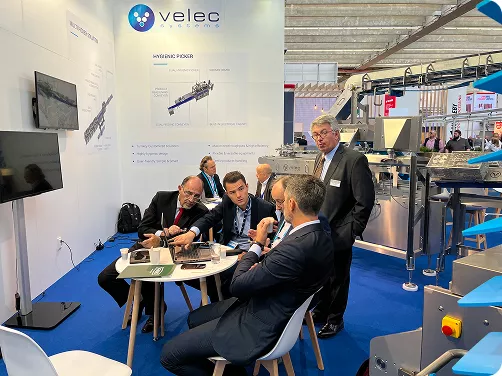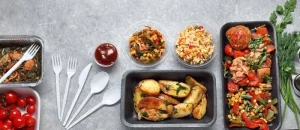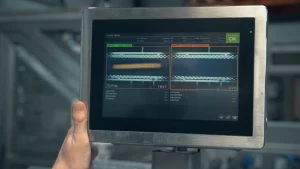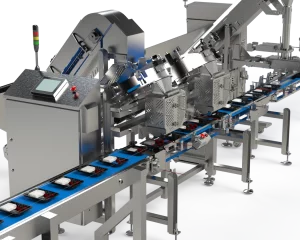Food Filling Machines for Soft Grainy Foods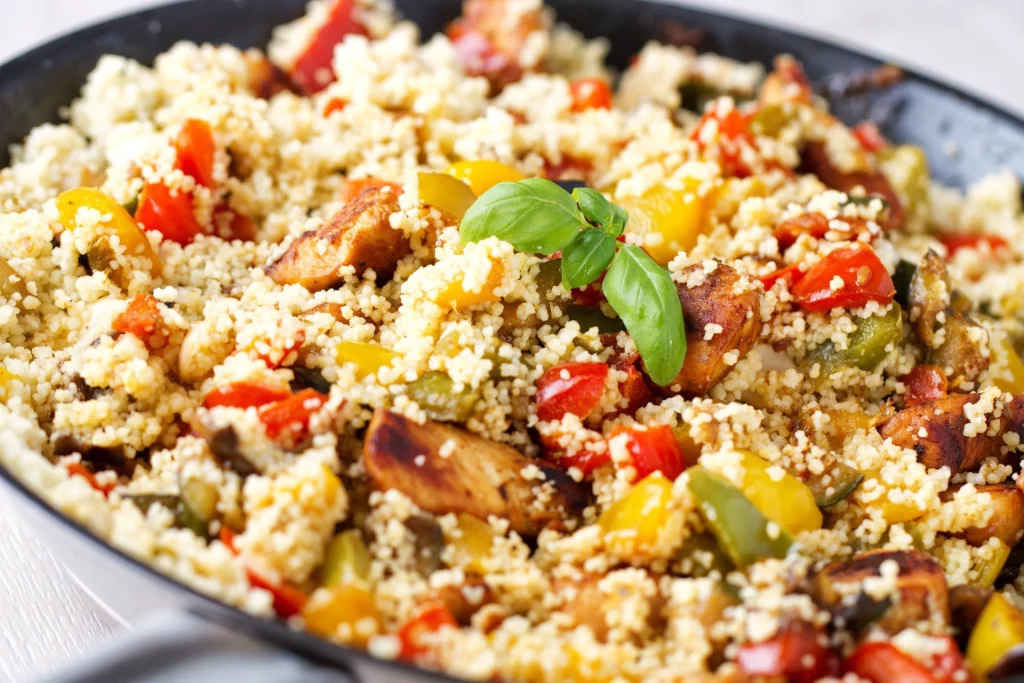
The demand for healthy ready to eat meals like couscous and quinoa is steadily gaining in popularity. Cooked rice, of course, has long been a staple in packaged meals. Making the choice of a food filling machine for these soft grainy foods is important for producers to deliver a positive customer experience.
We’ll focus on couscous as an example, but the points covered below apply to all foods of similar size and texture.
The main challenge the ready to eat food industry faces when working with couscous is its tendency to stick to the inner walls and compartments of the food depositor. In order to fill each serving equally and efficiently, the machine must be able to ensure the smooth volumetric flow of soft grainy foods from production to final packaging.
The machine must also feature ease of sanitation so that the insides can be quickly cleaned between operating shifts, or in accordance with health and safety standards. To this end, it is essential that food producers choose filling machines made from sanitary materials such as 316 stainless steel and food-grade polymers.
As a producer, your best option for couscous, quinoa, and cooked rice is a volumetric filling machine. Unlike pumps, which are designed primarily for liquids, volumetric fillers can be custom-made to handle soft grainy foods.
Multi-Fill’s MPFSC-120 Automatic Pocket Filler is the ideal choice for soft grainy foods. It can keep each part of a packaged meal separate while sustaining a rapid output. Here’s an overview of its features and functions:
- Dispenses clean, accurate portions for a wide variety of difficult-to-fill products:
- Measure perfect portions of couscous, quinoa, cooked rice
- No-mess filling for cooked pasta, cut vegetables, cut fruit, refrigerated salads, cereal, trail mix
- Rated at speeds up to 120 containers per minute
- Compatible with a wide variety of container conveying systems:
- Suits a range of packaging options—trays, plates, cartons, cups, pouches, cans, jars, boxes, and more
- Lowest total cost of ownership of many machines over the production lines.
- Flexibility of the filler both in terms of containers, products, or conveyor lines (intermittent or continuous motion).
- Sturdiness of the machine and upgrade ability of the filler.
- Reliability and consistency of filling with an automatic filling machine.
Contact us today to learn more about cooked rice food filling machines and food depositors. Call us at 801-280-1570 or reach us online .
